Namakaran Shanskara, also known as naming of the child, is the first real ceremony held for the newborn child. However it is celebrated on the twelfth day of the child’s birth but according to one convention the ceremony can be organized any day after the tenth day, and before the first birthday.
In certain parts of the country, it is held on 6th or 8th month for boys and 3rd,5th, 7th or 9th month for girls. The first ten days after birth are considered an ‘impure’ time for the mother and child. On the twelfth day, both the mother and child takes a ritual bath. The mother swathes the baby in a piece of new cloth, makes a little beauty mark on the cheek and applies kajal to his/her eyes.
Then father holds the baby for the first time and bless him/her. The priest extends prayer to all the gods and to the Agni, the elements, the spirits of the forefathers, the elements and urge them to bless and protect the child. He then places the sheet on which the child’s horoscope is written in front of the image of the deity to seek his/her blessings.
Then, the father whispers the baby’s chosen name in his/her right ear – usually he does it with the help of a betel leaf or its silver imprint and not directly into the child’s ear. Kusa grass may be used to direct the words to the child’s ear.
The Rig Veda recommends the formula of giving the name with four components:
- The nakshatra name
- The name of the deity of the month
- The family deity’s name
- The popular name by which the child will generally be addressed.
The system, however, has lost its relevance with time and the pervasive practice is to give one formal name and, if required, a short name by which the child will be addressed.
Some people devise a name from a combination of the parents’ names. In certain communities, the first son has the same name as his father; in others the first child is named after the paternal grandparent. Sometimes, the baby is named after the star or nakshatra of his/her birth. In many communities, the child is named after the guru or the family deity.
After the naming ceremony is over, relatives and friends who have come to attend the child then bless the child and touch some honey or sugar to its lips. Everybody jumps with joy if the baby smacks his/her lips.
Namkaran Procedure:
A priest usually performs all the religious rites or puja. He conducts a hawan or homa. Baby is bathed and dressed in new clothes. Friends and relative come to bless the new baby. The priest would perform puja and refer to a patri to suggest a letter which is good for the baby. Baby’s name is whispered in baby’s ear if parents have decided on a name. Baby’s horoscope is also drawn on this day.
But now a days, however, the ceremony is conducted but the name is not always kept according to the custom. Parents usually prefer to have a name which they have decided upon and like.
In some parts of the country, the baby is also fed something other than milk for the first time on this day. This is called Annaprashan.










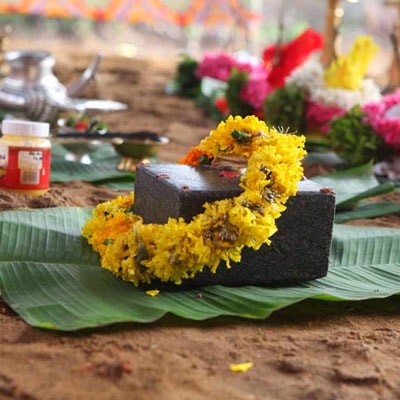
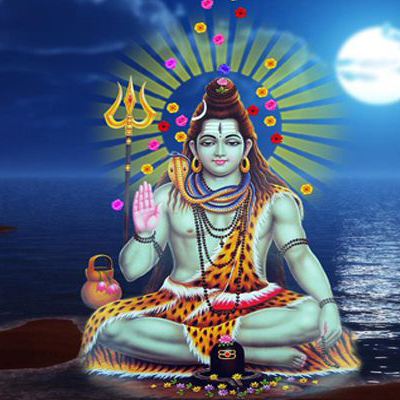
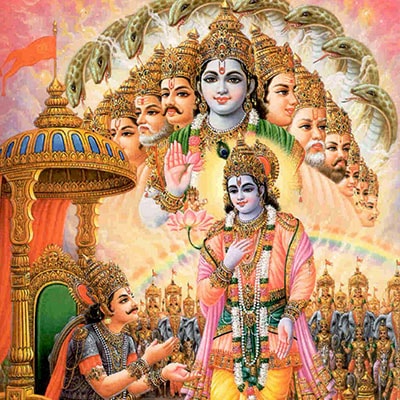
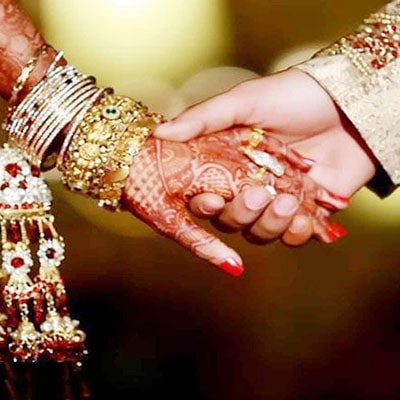
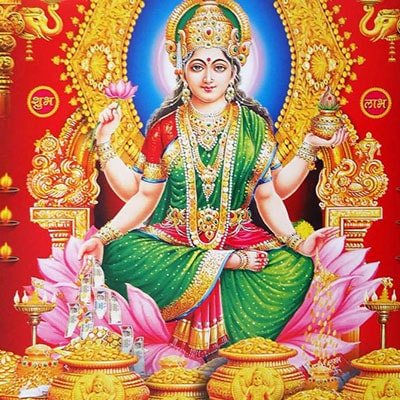

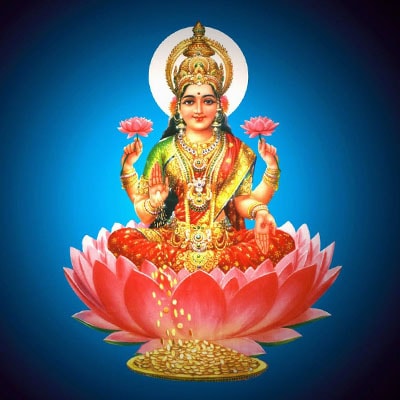

Reviews
There are no reviews yet.